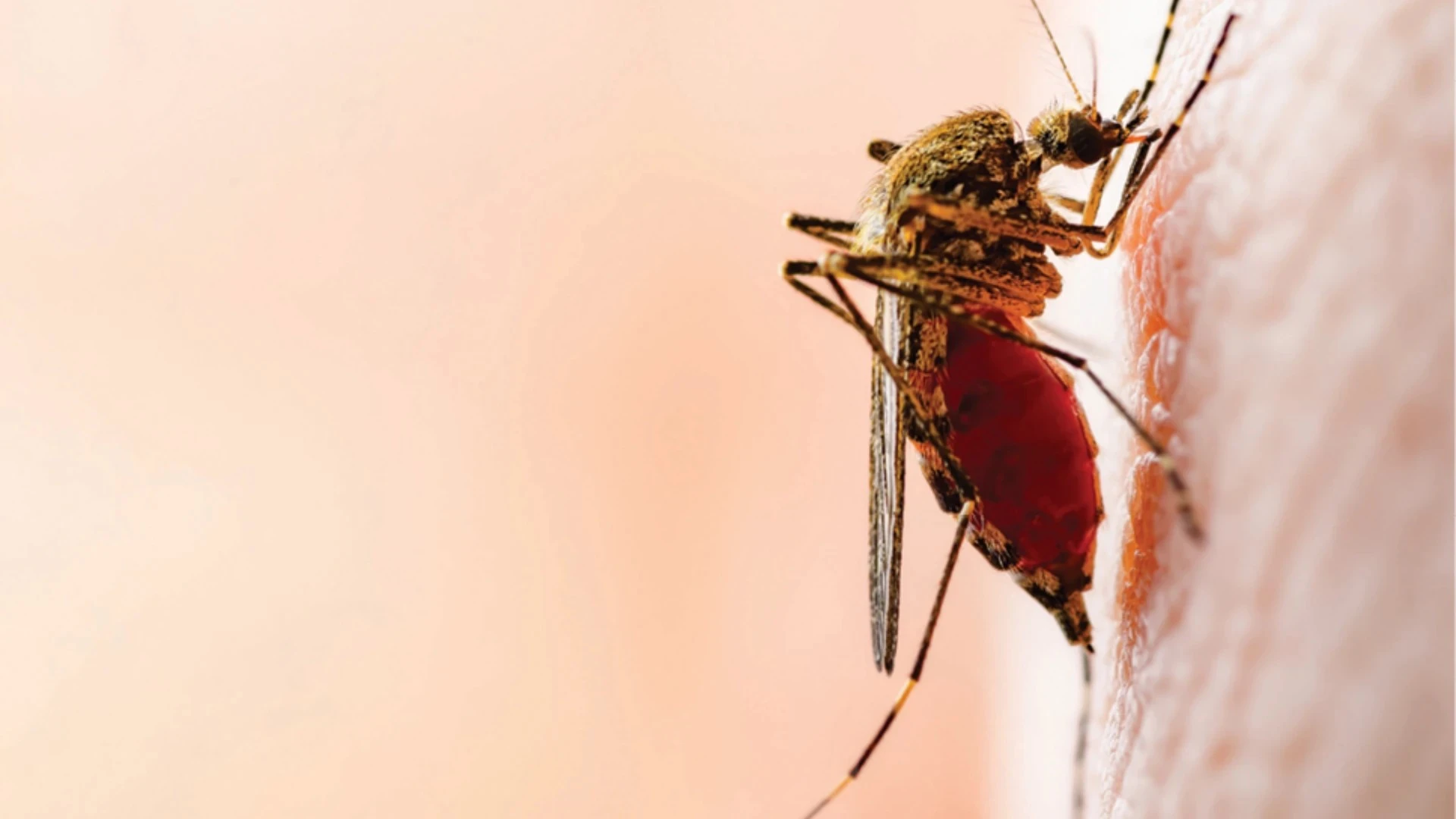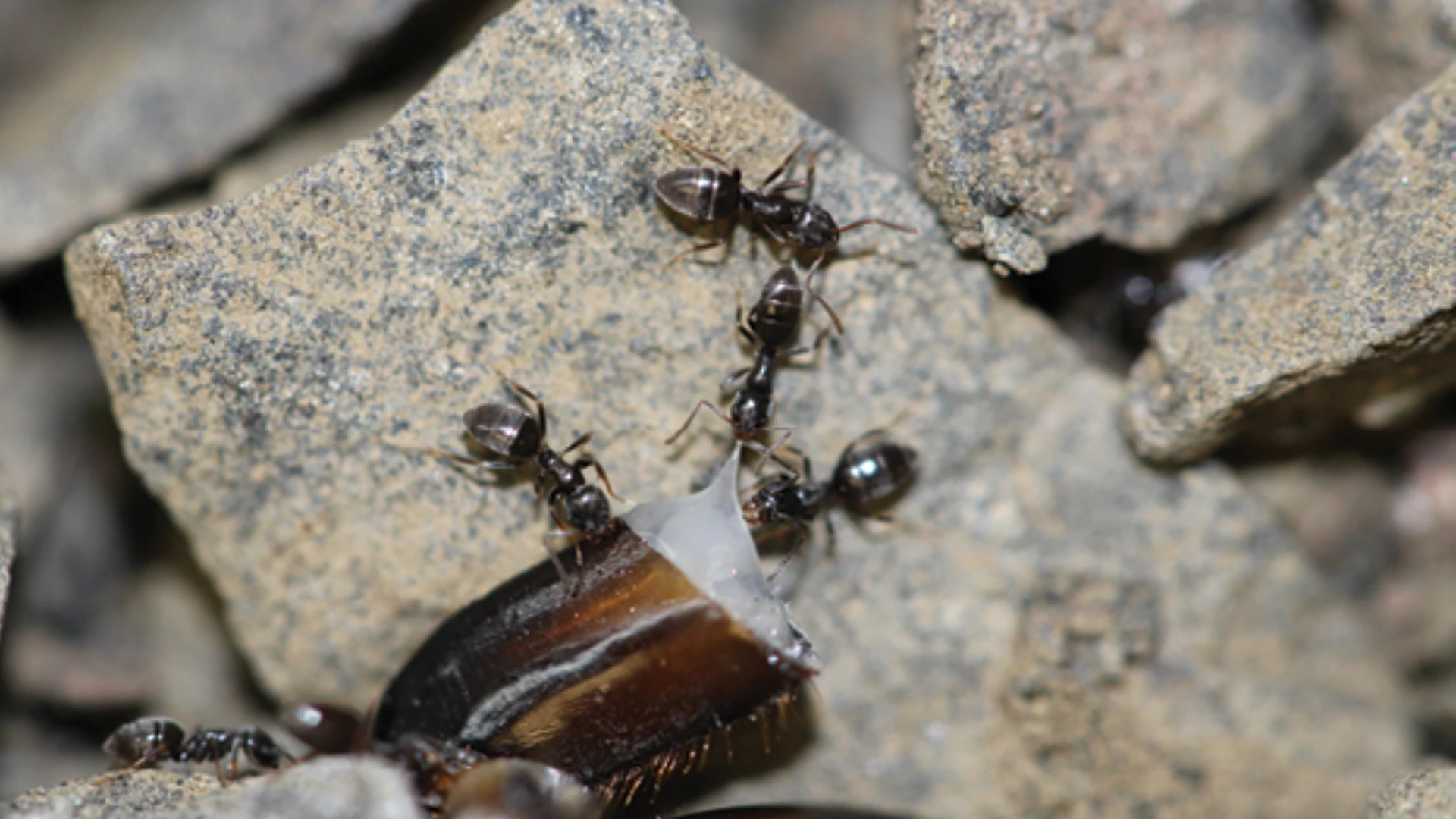You have been called to an apartment for bed bugs. Upon inspection, you find there is a severe infestation, so it’s probable that the surrounding apartments are infested as well. You know that long-term control will be contingent on eliminating the entire population, but the landlord ignores your request for access to, or service of, the surrounding units.
What do you — or the residents — do? You could call the Health Department, which might work if you were in Cincinnati, Ohio, but if you were in Columbus, Ohio, you’d have to call Code Enforcement. But if it’s a hotel instead of a residence in Ohio, you’d need to call the State Fire Marshall’s office instead.
Confusing? You bet. “With local rule states (like Ohio and many others), to try to figure out where to go to get help is really confusing,” said Susan Jones, associate professor of entomology at The Ohio State University and state specialist on household and structural insect pests.
Not only is it confusing, but Jones says an overriding issue throughout the U.S. is that “Nobody wants to take responsibility. Nobody has the resources. And bed bugs are a resource-intensive bug.”
It was for these reasons that a Joint Bed Bug Task Force (JBBTF) was established in 2008 by the City of Cincinnati, Hamilton County and The Ohio State University Extension; a survey to gauge the extent of bed bug infestations in residences was conducted in the Greater Cincinnati area; a Central Ohio Bed Bug Task Force (COBBTF) was deployed in Columbus, Ohio, and Franklin County in October; and a resource-intensive Web site was launched in February at www.centralohiobedbugs.org.
Efforts are being initiated in other states as well, including task forces initiated by agencies and associations in New York, Kentucky, California and Minnesota, but the extent of the problem in Cincinnati has given it national attention, with a January Los Angeles Times article reporting on Cincinnati’s “run in with the biting bugs,” and citing officials’ expectations that it will get still worse.
In fact, with the incremental rise of bed bug complaints, the problem is reaching epidemic proportions in some areas, Jones said. Statistics in Hamilton County between 2004 and 2008 show this best:
YEAR # COMPLAINTS
2004 2
2005 37
2006 84
2007 167
2008 305
And these numbers include only reported complaints, Jones said. Some of the reasons for the extent of the problem in Cincinnati are its high percentage of rental properties, older structures and low-income residents. She points out that although bed bugs are just as likely to infest an upscale home or hotel as a low-income unit, people with higher incomes are more able to afford the necessary treatments, while lower income areas may put off treatments or try to deal with the problem themselves, thus furthering potential for spread.
The combined impact of the continuing spread of bed bugs and residents’ inability to get assistance brought the matter to the attention of Ohio State Representative Dale Mallory (D-32nd District), who was being inundated with calls from Cincinnati homeowners, Jones said. In response, he put together a town hall meeting to discuss the issues. After the first meeting, Mallory’s office contacted Jones to get her involved, meet with the city and county health departments, and serve on a task force to address the issues, help residents and educate tenants and landlords on the need for joint cooperation.
********
Online Resources
The Internet can be a great source of information for PCOs’ own use and for educating customers. Some sites include:
Central Ohio Bed Bug Task Force (www.centralohiobedbugs.org) — Though still under development as of this writing, the site is available with basic information on the task force, and links to video, brochures and fact sheets. Through grants provided for educational materials, the task force will continue to populate the site with strong emphasis on photos and current research and resources for both residents and pest management professionals.
Health Departments (www.cincinnati-oh.gov/health/pages/-5092-/; http://nyc.gov/html/doh////html/vector/vector-faq1.shtml) — Among the bed bug resources available from Cincinnati and New York City are videos on the problem and recommended treatment, English and Spanish brochures, and fact sheets on the bed bug, prevention and working with pest control companies.
University Resources (www.nysipm.cornell.edu/whats_bugging_you/bed_bugs/; (www.ipm.ucdavis.edu/PMG/PESTNOTES/pn7454.html) — Many universities have bed bug fact sheets available, but some schools such as Cornell University and the University of California have more extensive pages with in-depth links and resources.
Citizen Groups (www.chicagovsbedbugs.org; www.newyorkvsbedbugs.org; www.bedbugger.com) — Spreading almost as quickly as the bed bugs themselves are citizen and advocacy groups who help spread the word about these pests. In some cases the groups are advocating local policies to control bed bugs, while others are simply providing a central location for discussion. In most cases, the sites have at least one entomology expert in a staff or advisory capacity.
PCTOnline Message Board (www.pctonline.com/messageboard/) — PCT’s message board covers a full range of topics on bed bug treatment. Ask or answer a question — there’s a world of PCOs ready to comment.
Bed Bug Central (www.bedbugcentral.com) — An educational Web site whose goal is to provide consumers with information about bed bugs, as well as product recommendations and products for purchase.
*********
Education. The need for education, however, does not stop at residents and landlords, rather, because bed bugs were practically eradicated for so long, many health officials and even PCOs do not fully understand the issues or how to solve them. For example, some officials were telling residents to sleep with their lights on at night to dissuade bed bugs from biting, Jones said. While this certainly did not reduce populations, it did not increase them as other recommendations did, such as the recommendation for people to simply get rid of infested items.
“The fact that there was this big push prior to the Cincinnati area task force to get people to get rid of infested items, that helped with [bed bugs] becoming the epidemic they are now,” Jones said. “You’re scattering the bugs as you are moving them down the hallway without wrapping the furniture properly.” In addition, furniture that was simply set out by the trash, would often be taken by others for their own use, thereby spreading the infestation into additional homes.
Some PCOs don’t understand bed bug biology, the need for IPM or how quickly and far an infestation can spread, Jones said. “You can’t treat an infested unit in isolation. You have to inspect any units that share a common wall with the infested unit.” PCOs need to understand and accept that bed bug treatments are labor- and time-intensive and charge accordingly, Jones said.
But the real difficulty, she said, is “getting everybody in the pest control industry to buy into this, and the landlords to buy into it, and getting homeowners to recognize it.”
Customer Communication. Some of Jones’ top advice for PCOs includes:
Ensure that your customer understands and “buys into” bed bug issues and treatment regimes because successful programs require cooperation from all parties. “The companies that I think do a good job with bed bugs have a list of items they give to customers of things they expect the customer to do before they show up. For example, customers should be informed that they need to get rid of clutter.”
Caution residents against attempting supplemental treatments on their own between your visits. Ask customers to get your written permission prior to using an over-the counter product, she said. For example, advise them that they will destroy the effectiveness of a dust product by putting something wet on top of it. Jones also thinks that customers should be warned not to use “bug bombs” as these simply cause hatched bed bugs to scatter.
Put out the word, as much as possible, that bed bugs need to be dealt with as soon as a problem is detected. They will not go away on their own, even if the infested area is closed off for a period of time. “Educate your clients on some of the tricky aspects of bed bug biology that make them such a formidable pest,” Jones said. “You deal with it now or you deal with it later.” And the longer treatment is put off, the worse the infestation will become.
How many bed bugs constitute a problem? “Stop at one,” Jones said. “If you find one bed bug, you say I found evidence.” And at that point the PCO should inform the tenant and the landlord and request access for inspection of all adjoining units — including those above and below.
To ensure you are doing the best job possible,
use IPM techniques and never deal with adjoining units in isolation.
rotate your products to guard against resistance.
stay updated on the latest information on treatment and products.
attend bed bug training sessions. If there are none available in your area, ask your state extension service to conduct a session for companies in the community.
if you have questions or need assistance, start with your local health department, state extension service or department of agriculture.
It is important that PCOs do everything they can to help stop the spread of bed bugs, however, Jones expects that bed bugs will prevail, particularly as the economy continues to flounder. Treatment can be extremely expensive, with home-owners often having to spend hundreds of dollars for eradication, she said. “The economic situation will make the bed bug problem worse because people don’t have the resources to deal with them.”
On a positive note, however, research is continuing and expanding, particularly in the area of product testing and evaluation; government agencies are coordinating cooperative efforts; and task forces are arising across the states, Jones said. “This is a wave of the future.”
The author is a frequent contributor to PCT magazine. She can be reached at llupo@giemedia.com.

Explore the April 2009 Issue
Check out more from this issue and find your next story to read.
Latest from Pest Control Technology
- Follow the Trail
- Carpenter Ants: Understanding the Bothersome Burrowers
- Massey Services Acquires Insight Pest Solutions of San Antonio
- Target Specialty Products Expands Sales Leadership Team
- Mosquito Joe Promotes David Price to Vice President of Strategic Growth
- Abell Pest Control Recognized as One of Canada’s Best Workplaces in 2025
- Scorpion Launches Capacity Marketing Engine
- Petti Pest Control Owners Reflect on Finding Success as a Father-Son Duo





